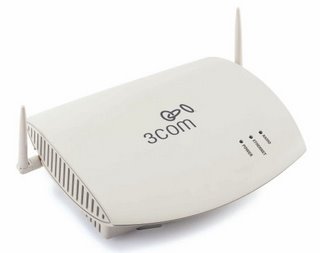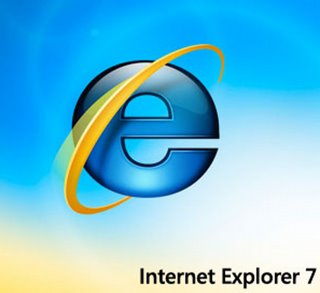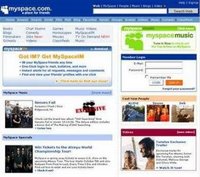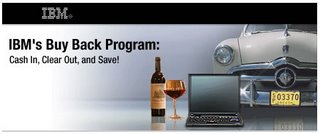3Com New Wireless Voice Over IP Telephone

3Com Corporation today announced a new wireless, Session Initiation Protocol (SIP)-based IP phone that provides enterprise users with greater mobility by delivering full-featured Voice over IP (VoIP) communications on a wireless LAN (802.11b/g) infrastructure. The 3Com® 3108 Wireless Phone enables users to roam a building or campus environment and stay connected with customers, partners and co-workers while utilizing VoIP, wireless email and data applications.
With the 3Com 3108 Wireless Phone, users are connected to an enterprise phone system so they can receive calls destined for their desks while they are anywhere in a building or campus environment — unlike a mobile cellular phone. Designed for people that have mobility requirements on the job in markets including education, government, healthcare and retail, end-users can also use the phone to transfer calls to other departments, gain access to a live receptionist and listen to office voice mail. These capabilities are delivered with no expensive per minute usage fees, enabling the 3Com 3108 Wireless Phone to be more cost effective than cellular phones.
This phone brings these capabilities together. With 3Com, customers can go to a single vendor to provide all of the elements of a secure, converged network — IP Telephony, wireless and data switches, Intrusion Prevention Systems (IPS) and a single service organization to provide support and make sure it all works."
The 3Com 3108 Wireless Phone delivers reliable and secure voice communications over any standards-based IEEE 802.11b/g wireless LAN infrastructure. Secure communication is assured with compliance to the latest Wireless Protected Access 2 (WPA2) protocol and advanced encryption. Since the phone is SIP compliant standards-based IP telephony systems can provide the phone with call control and applications for delivering robust communication capabilities and secure voice communications.
The 3Com 3108 Wireless Phone features a sleek clamshell flip form factor with a high-quality color display. The phone's keypad and intuitive four-way cursor lets users manage calls, access their phonebook, view call logs and view e-mails. Personal settings, such as ring tones, speed dials and connectivity settings, can be configured on the phone or via a Web browser-based management tool.
The 3Com 3108 Wireless Phone complements the recently introduced 3Com Unified Gigabit Wireless PoE Switch 24, which makes it easy to add the phone to a corporate wireless infrastructure. The new switch provides 24 ports of Gigabit Ethernet switching that can be used to provide connectivity and where necessary power to any combination of traditional wired devices or wireless access points. It is part of a complete portfolio of enterprise class and small business wireless networking solutions.
The 3Com Unified Switch for SMBs can be fully-managed via a Web interface that features a simple five click set up wizard, or by the CLI, Telnet, Console and SNMP interfaces if desired. With full management capabilities, 3Com VARs can configure and deploy the switch as part of a managed solution for SMBs that want to outsource their network. By providing a single box solution, 3Com believes that both customers and VARs have the opportunity to realize cost savings when compared to solutions that require multiple boxes.
Global Availability
The 3108 wireless phone is the newest addition to 3Com's broad portfolio of IP phones. It works with 3Com NBX and 3Com wireless networking solutions as part of a complete VoIP solution. 3Com VCX is scheduled to support the 3108 wireless phone in early 2007. The phone is currently available through 3Com channel partners and distributors at a list price of $415 USD. [3Com]












